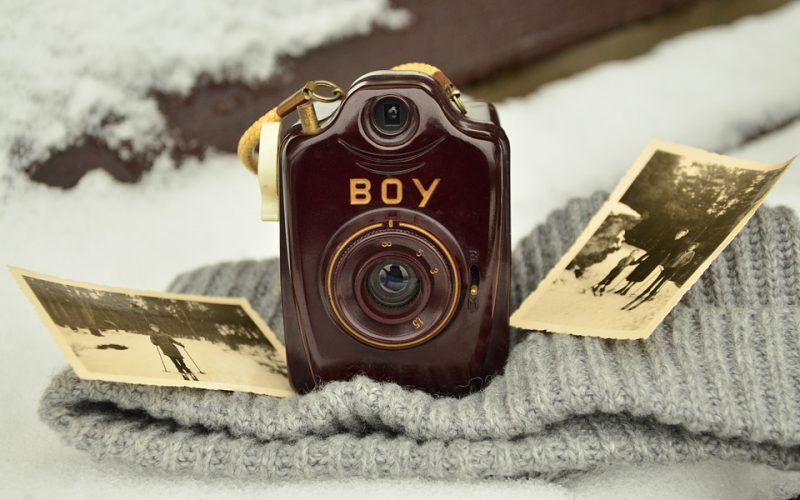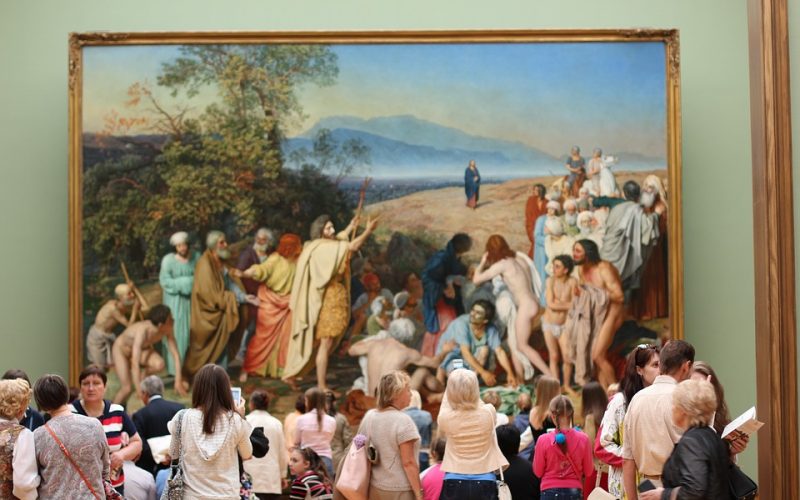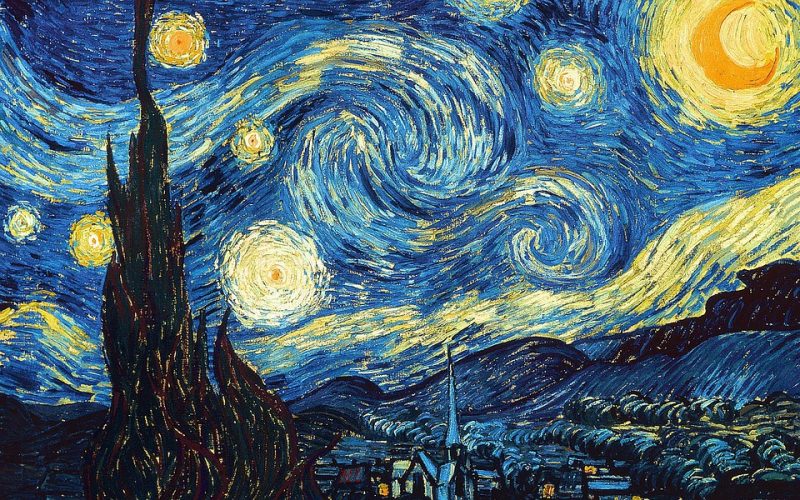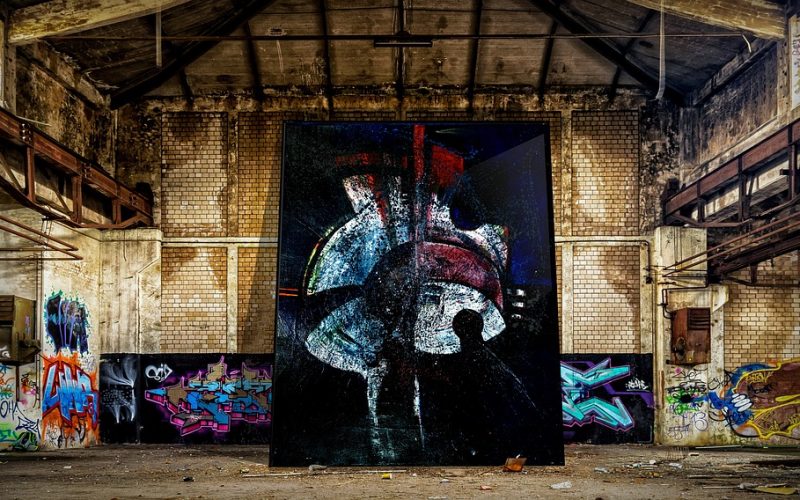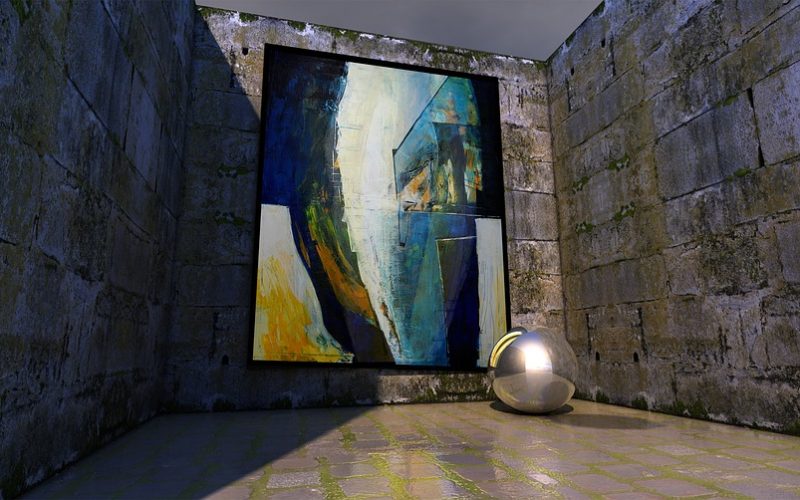Since the invention of the camera, billions of photos have been taken. While many are family photos that will never grace more than the family album, some artists have shot incredible pictures in this medium. The advent of digital cameras has only spurred on the laymen and artists alike. Photos are now being taken at a remarkable pace. They are shared and preserved in the electronic world for all to see and share. Photo restoration of new pictures is not really necessary for digital photographs.
Older photographs were printed and framed. In some cases, the negatives were thrown away or badly preserved. Photographs become damaged by the environment over time. Dust, smoke and oils from cooking are major destructive factors for photographs in homes. Industrial settings offer many different types of dust and airborne debris to settle on photographs. Sunlight is also a danger to photographic pictures. It fades the colors and bleaches the black and gray areas as well.
Restoring photographs is still possible. The digital age has made restoration easier because it need only be done once. After restoration, a good storage media is all that is necessary to be able to print new copies of any digital photo. Advanced graphics programming has provided restoration artists with the tools necessary to restore any photograph. Lines and colors can be enhanced and redrawn through these programs. Digital restoration offers an infinite palette of colors, tints and shades.
Digital restoration of photos is a relatively simple progress. It requires a computer scanner and a graphics program. The human element is the artist who will make the corrections. While relatively simple, it does require knowledge of art restoration techniques and up-to-date information on the photograph to be restored. One of the best features of digital restoration is the ability of the artist to remove any mistakes while doing the restoration.
